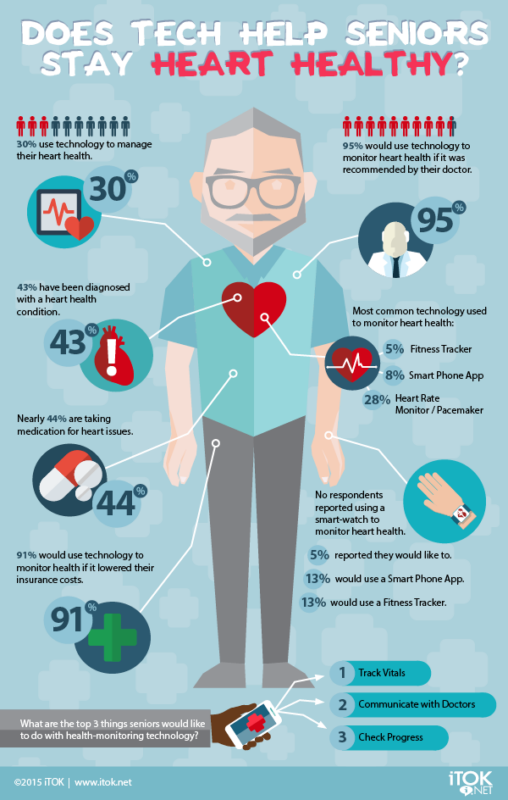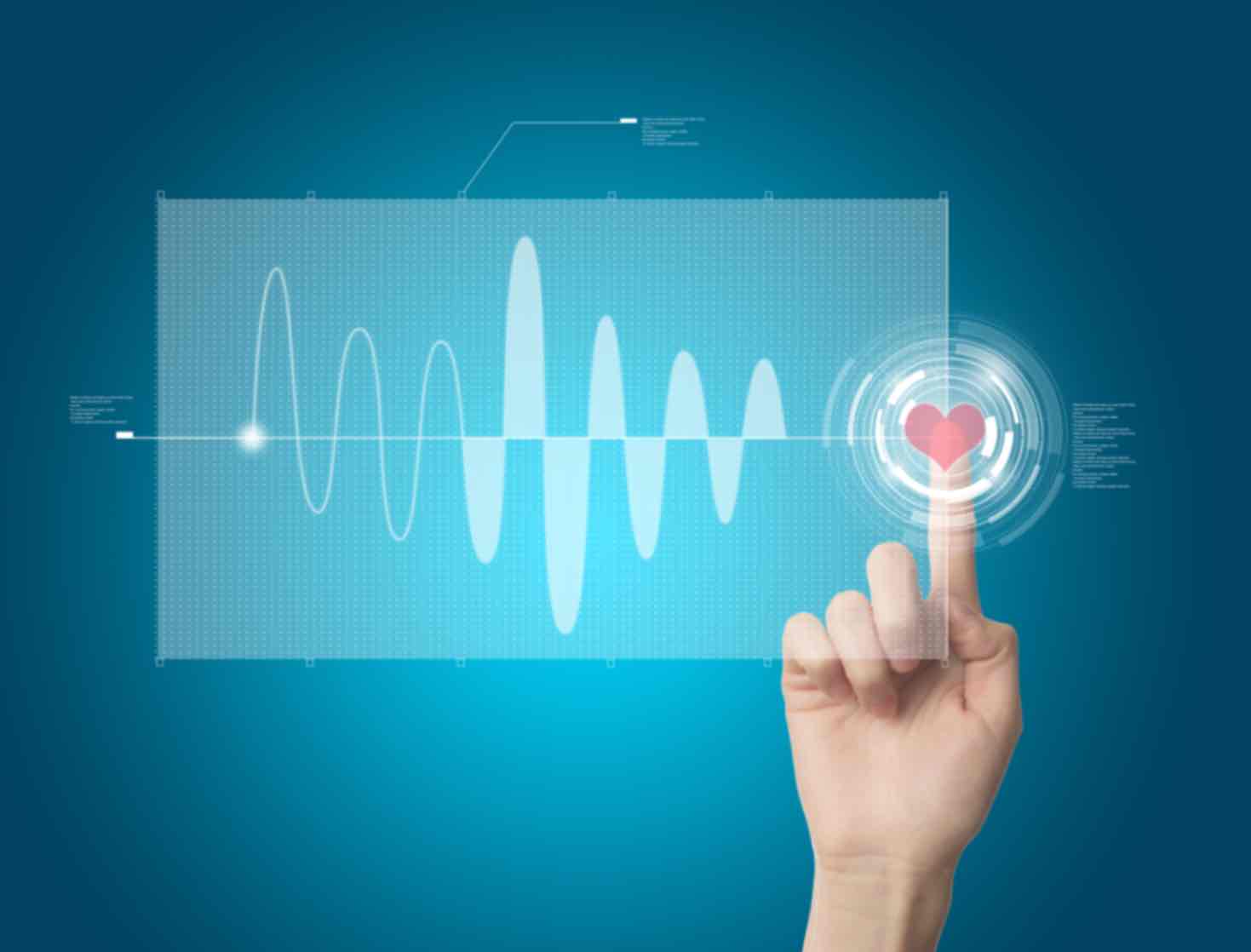Heart disease remains a leading cause of death worldwide, but new technology is changing how we detect, prevent and manage it. Cutting-edge innovations such as AI-powered diagnostics and wearable devices, such as smartwatches, are shifting the focus from reactive treatment to proactive prevention.
What does this mean for the future of cardiovascular care? Let’s look at how these tools have helped both patients and doctors take control of heart health.

1. Heart Monitoring with Wearable Technology
Smartwatches and other wearable devices have evolved from basic fitness trackers to sophisticated health monitors.
Many smartwatches claim to offer:
- Electrocardiogram (ECG) monitoring to detect abnormal heart rhythms.
- Atrial fibrillation (AFib) alerts to identify potential heart conditions.
- Continuous heart rate tracking to detect irregularities early.
Real Life Scenario: Apple Watch Saves a Life
In 2023, a 54-year-old man in Ohio received an expected AFib alert from his smartwatch. Despite feeling fine, he went to the hospital, where doctors discovered a serious cardiac arrhythmia. Early intervention saved his life.
Key Point: Real-time monitoring can show silent but dangerous heart conditions early on.
2. Sleep Tracking and Heart Health
Poor sleep is a hidden risk factor for heart disease. Studies show that sleep deprivation and conditions like sleep apnea can increase the risk of:
- High blood pressure
- Irregular heart rhythms
- Increased stress levels
- Higher risk of stroke and heart attacks
How can smart technology monitor sleep patterns?
Modern wearable devices can track sleep through:
- Heart rate variability (HRV) to identify disturbances.
- Blood oxygen monitoring (SpO2) detects potential sleep apnea.
- Movement tracking to assess sleep quality.
Real Life Scenario: Fitbit Detects Undiagnosed Sleep Apnea
A 45-year-old woman in California noticed low oxygen levels on her Fitbit’s sleep report and became worried. She called her doctor and was diagnosed with severe sleep apnea, which is linked to high blood pressure and heart failure.
Key Point: Early detection led to timely CPAP therapy to reduce her risk of heart disease.
3. Artificial Intelligence and Cardiac Care
AI-driven tools, if used correctly, can help doctors be more accurate and precise when using patient data. Algorithms can now analyze:
- Echocardiograms for early detection of heart conditions.
- CT scans to diagnose artery disease
- Electrocardiograms (ECGs) to identify irregular heart rhythms that might go unnoticed.
Real Life Scenario: AI Finds Heart Disease Before Symptoms Appear
The Mayo Clinic conducted a study where AI-enhanced ECGs identified patients at risk of heart failure months before symptoms developed. The AI tool correctly predicted 80% of cases, allowing early intervention.
Key Point: AI-driven analysis could improve early detection, reduce hospital admissions and improve patient survival rates.
4. Remote Monitoring- Bringing Heart Care Home
Telehealth and remote monitoring tools can reduce the need for frequent in-person checkups. This could be especially helpful in areas where long distances make personal visits a hardship.
Common tools include:
- Smart blood pressure monitors for real-time tracking.
- Digital stethoscopes that transmit heart sounds remotely.
- Wearable ECG patches monitor heart rhythms 24/7.
Real life Scenario: Remote Monitoring Reduces Hospital Visits and Saves Millions
A heart failure monitoring program in the UK used smart sensors to track high-risk patients remotely. Over 12 months, hospital visits decreased by 30%, and saved $4 million for healthcare.
Key Point: Remote monitoring can help patients stay healthy, reduce complications and lower costs.
5. The Silent Killer: Early Detection is Important
One of the biggest challenges in heart disease prevention is that many people don’t experience symptoms until it’s too late.
New technologies can help:
- AI-enhanced echocardiography detects risk before symptoms develop.
- Smart blood tests use biomarkers to find early-stage cardiovascular disease.
- Wearable devices detect subtle changes in heart rate that may be due to underlying conditions.
Real Life Scenario: AI Detects Hidden Heart Disease in Diabetic Patients
A Johns Hopkins University study used AI to analyze diabetic patients’ ECGs, finding undiagnosed heart disease in 30% of the cases for diabetic patients who had no previous symptoms.
Key Point: Early detection leads to preventive treatments and better health.
The Future of Heart Health: A Technology-Driven Approach
Technology could transform heart health to more proactive prevention with wearable devices, AI, and remote monitoring:
- Patients can take more control over their cardiovascular health with personal monitoring.
- Doctors can detect issues earlier and set up targeted interventions sooner.
- Healthcare costs can be lowered through fewer emergency visits and hospitalizations.
But the key is using technology in the right way. The potential to improve heart health in the future depends on:
- Using these innovations in everyday life.
- Connecting the data to better understanding and helpful actions.
- Making these technologies more accessible to more people.
Heart disease remains a significant health concern around the globe. However, new technologies can play a larger role to improve heart health for everyone.
The key question is: How can these advancements benefit as many people as possible?

Great article!!! Thanks for the info